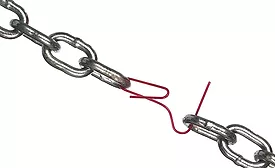Tech | Supplier's Perspective
Home » Keywords: » sanitary design principles
Items Tagged with 'sanitary design principles'
ARTICLES
Sanitary equipment design improvements make snack and bakery production safer
Snack and bakery equipment suppliers continue to make design improvements to their machines
March 18, 2020
Processing Tech
Improved sanitation and design on slicers, dicers and cutters
A cleaner cut: Improved sanitation and design is creating the slicers, dicers and cutters of the future.
May 1, 2018
Never miss the latest news and trends driving the food safety industry
eNewsletter | Website | eMagazine
JOIN TODAY!Copyright ©2025. All Rights Reserved BNP Media.
Design, CMS, Hosting & Web Development :: ePublishing







